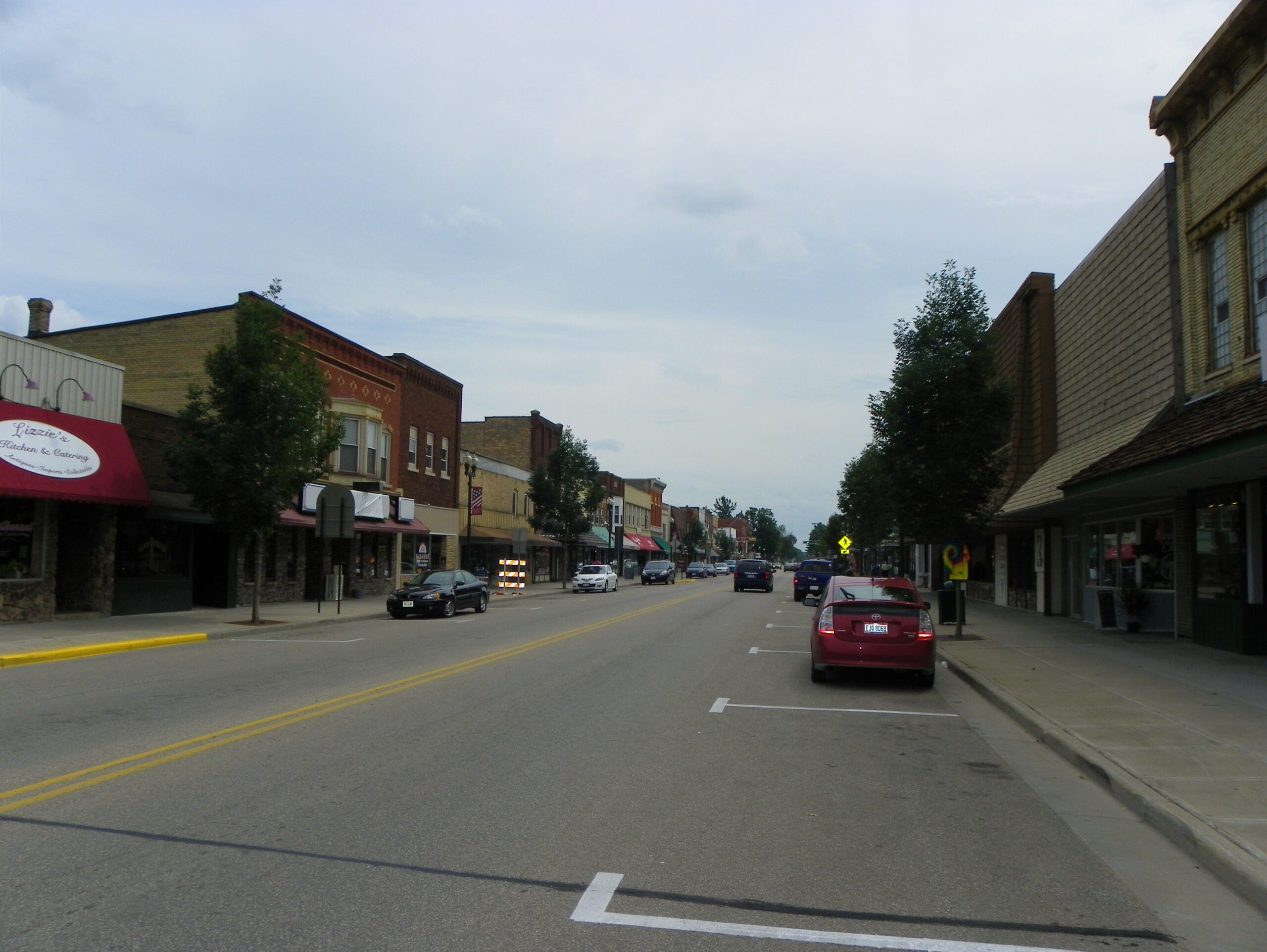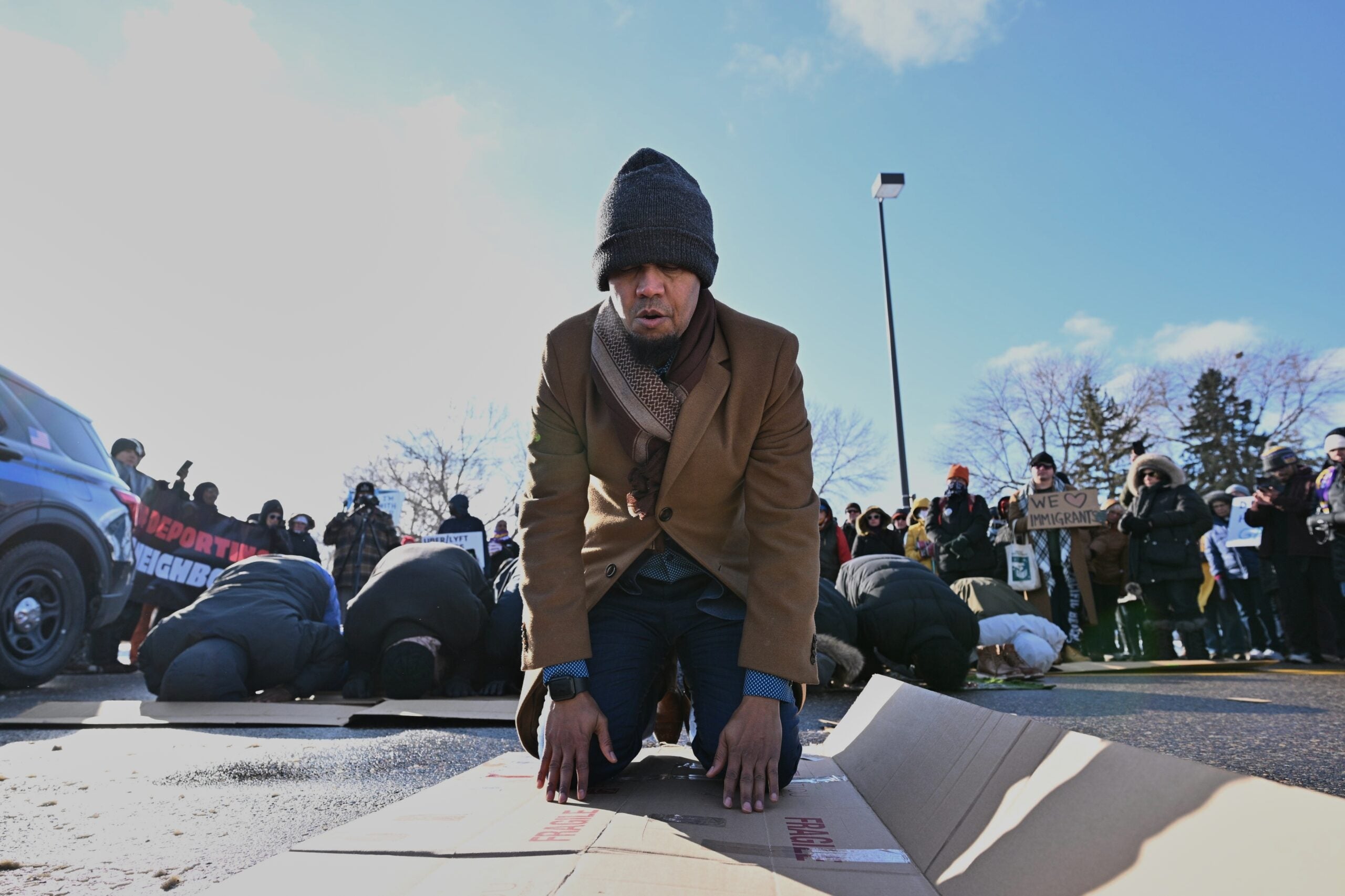Last week, President Donald Trump signed an executive order requiring the Department of Homeland Security to publish a list of states and local jurisdictions that it says obstruct the enforcement of federal immigration laws.
This initial list of “sanctuary jurisdictions” included four places in Wisconsin: The city of Madison, Dane County, the city of Milwaukee and Shawano County.
The list was taken down from the DHS website Sunday, but leaders from the named Wisconsin communities still have questions about how it was assembled.
News with a little more humanity
WPR’s “Wisconsin Today” newsletter keeps you connected to the state you love without feeling overwhelmed. No paywall. No agenda. No corporate filter.
It was a particular surprise for Shawano County administrator Jim Davel, who doesn’t know how his area made the list.
In the last presidential election, Shawano County voted overwhelmingly in favor of Trump, and Davel told WPR’s “Wisconsin Today” that he believes his county is in compliance with federal immigration laws.
“I don’t think it was meant to slight Shawano County by any stretch of the means,” he said. “I think there was probably just some kind of office mess up that caused this, but we really would like to know what the heck the reason was behind it.”
One possibility Davel pointed to was that in 2021 the county board passed a resolution declaring Shawano County as a “Second Amendment sanctuary county” to support the right to bear arms.
He speculated that this other sanctuary designation could have contributed to them landing on this list by mistake.
“There have been no resolutions or policy changes here at the county regarding anything with ICE, immigration, etc.,” Davel said. “If there was something that the county did by accident, or if there was something else that the federal government was looking at to say, ‘Hey, they’re not in compliance,’ then we would like to know why.”
He noted that immigration isn’t a significant issue in Shawano County, but the local sheriff’s department has a good relationship with federal law enforcement agencies.
In Madison, Dane County Executive Melissa Agard shared similar concerns about how this list was compiled.
She told “Wisconsin Today” that she’s confident they aren’t breaking any laws in Dane County.
“My attorneys that I’ve spoken to do not believe we’re out of compliance,” Agard said. “It is the federal government’s role to provide oversight of immigration, and our county government is determined to continue to provide very high quality services for our residents, which is our mission. We are not immigration enforcement.”
During a 2020 campaign rally in Milwaukee, Trump labeled the cities of Madison and Milwaukee as sanctuary cities, though neither identifies itself as such.
Earlier this year, Dane County Sheriff Kalvin Barrett announced his department would no longer participate in the federal government’s State Criminal Alien Assistance Program known as SCAAP, which sent immigration data to federal authorities.
Agard said Dane and other Wisconsin counties don’t have the resources to go out in the community and monitor individuals’ immigration statuses.
She and her team found out about their placement on the DHS list over social media and haven’t received any additional communication about it from the Trump administration.
“We believe in protecting the dignity, safety and humanity of all the folks who call Dane County home,” Agard said. “I very much believe that this is a threat from the Trump administration that is baseless, politically motivated and endangering the health, well-being and safety of the 600,000 people that live here.”






